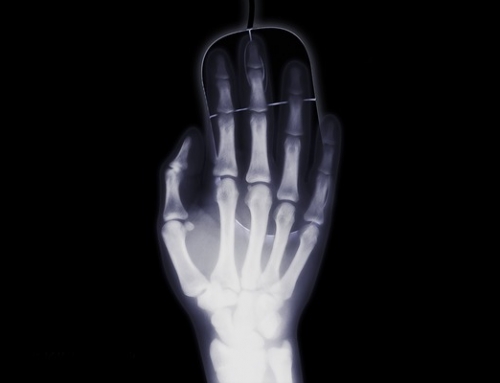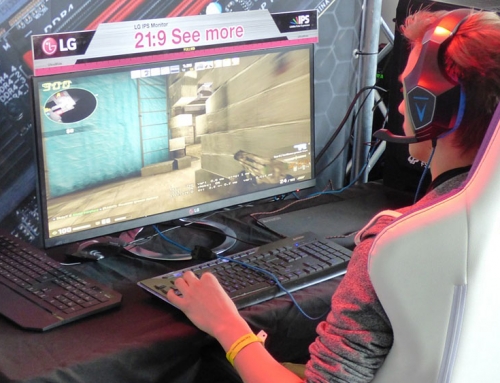Creating 3D facial animations is a satisfying and artistic process that combines creativity with technical skill. Whether you’re just starting out or aiming to refine your approach, learning how to give characters expressive and realistic faces is an essential part of animation. Here’s a step-by-step guide to help you level up, with a focus on low poly topology to balance efficiency and quality.
Start with a Low Poly Foundation
A good animation begins with a solid model, and low poly topology is a great starting point. Low poly models are designed with fewer polygons, making them easier to rig and animate while remaining efficient for real-time applications like games.
– Focus on Edge Flow: Proper edge loops around the eyes, mouth, and other areas of movement are essential. This ensures smooth deformation when the face moves, preventing awkward stretching or breaking.
– Simplify Without Losing Detail: While low poly models are minimal, they should still maintain the character’s defining features. Use polygons wisely, adding detail only where it impacts movement and expression.
Starting with low poly models can save time and processing power, especially for beginners who may not have access to high-end equipment.
Rigging for Flexibility
Facial rigging is where the magic of movement begins. For low poly models, you don’t need a complicated rig to achieve expressive results. Start with the basics:
– Bones and Joints: Place bones strategically around key areas like the eyebrows, cheeks, and lips. These will control the main movements.
– Blend Shapes: Add shape keys or morph targets to represent different expressions like smiling, frowning, or raising an eyebrow. Even with a low poly model, subtle adjustments can bring out a lot of personality.
– Controller Setup: Use simple sliders or on-screen controls to manipulate the rig easily. Having an intuitive interface saves time and makes testing expressions more straightforward.
Learning to rig effectively is one of the biggest steps toward creating lifelike animations.
Blocking Out Expressions
Once your rig is set up, start by blocking out basic facial expressions. This stage is all about establishing the foundation of your animation without worrying about the finer details.
– Start with the Eyes: The eyes are the focal point of most expressions. Slight movements, like a blink or a shift in gaze, immediately make a character feel alive.
– Add Big Movements First: Adjust the mouth, eyebrows, and jaw to define the primary emotion. Whether it’s surprise, joy, or sadness, aim for clarity.
– Refine Gradually: Once the broad movements look good, work on smaller adjustments like the corners of the lips or subtle shifts in the cheeks.
Blocking helps you quickly test ideas and ensures the expressions feel natural before committing to detailed animation.
Synchronize Speech with Emotion
Lip-syncing combines technical skill and artistry. Start by breaking down the audio into phonemes and matching them to corresponding mouth shapes, known as visemes. Keep the process efficient by focusing on clarity rather than over-complicating:
– Smooth Transitions: Avoid snapping between visemes too quickly. Blend the movements for a natural flow.
– Add Personality: Integrate slight head tilts, blinks, or eyebrow raises during dialogue to reflect the tone and emotion of the speech.
– Test Regularly: Play back your animation frequently to ensure the lip-sync matches the audio timing and feels cohesive with the character’s expressions.
Even with a simple rig, thoughtful synchronization can make your characters’ dialogue feel believable and engaging.
Fine-Tuning with Animation Curves
Fine-tuning is where the animation starts to shine. Use your software’s graph editor to adjust the timing and smoothness of movements. Key points to remember include:
– Ease In and Out: Avoid sudden starts and stops. Adding gentle acceleration and deceleration makes transitions feel more natural.
– Layer Details: Incorporate secondary movements, like slight head bobs or cheek shifts, to make the animation feel more polished.
– Experiment with Timing: Adjust the speed of certain expressions to match the character’s personality. A fast eyebrow raise might indicate surprise, while a slow one might suggest suspicion.
Mastering curves helps you create animations that feel fluid and lifelike.
Lighting and Rendering
Even the best animation can fall flat without proper lighting. Highlight your character’s facial features with soft, directional lighting to enhance depth and expression. Consider the rendering requirements of your project—low poly models are often used in real-time engines, so optimize textures and materials for smooth performance.
Consistency and Practice Lead to Progress
Creating realistic and expressive facial animations takes patience and regular practice. Start small—animate a single expression or a short line of dialogue. Experiment with different character types and styles to expand your skills. Share your work with peers and gather feedback to refine your techniques.
Every project you complete, no matter how simple, is a step toward mastery. With time and dedication, you’ll be animating faces that captivate and connect. Keep pushing your boundaries, and enjoy the process of turning ideas into animated reality.




